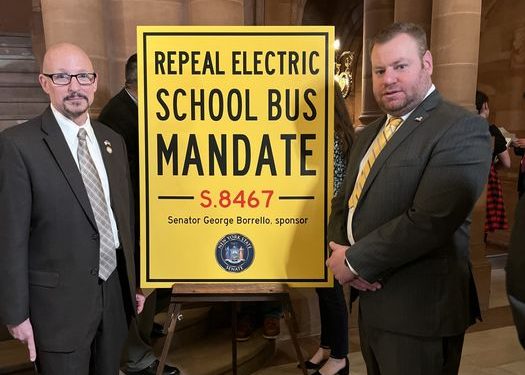By Emma Gutmann
First-time homebuyers in the Suffolk County Home Consortium have until this coming Friday, March 1, to apply for the Down Payment Assistance Program. If approved, an essentially zero-interest deferred loan of up to $30,000 will be provided toward the down payment of an owner-occupied, single-family residence. According to the program guidelines, deferred loans “are forgiven after 10 years.”
The Down Payment Assistance Program is designed to combat a recurring and ever-so-prevalent theme Long Islanders are facing — affordability. As an island with limited space that’s adjacent to the high-cost major metropolis of New York City, it stands as one of the highest taxed regions in the nation, making it challenging for young people, retired people and others to live comfortably and own property.
Suffolk County Executive Ed Romaine (R) announced Feb. 21 that the assistance fund still has $167,000 left, and there is about $2 million in additional U.S. Department of Housing and Urban Development funding that could be partially funneled into the program as needed. Romaine encourages prospective homebuyers to apply and touts the down payment assistance as an auxiliary toward the American Dream.
“I am enthusiastic about the prospect of assisting many more individuals and families in Suffolk County achieve the American Dream of home ownership,” Romaine said. “Previously we were able to offer up to $14,000 per homeowner, and this year I am proud to say that we were able to increase that amount to $30,000 per homeowner. Together let us build a brighter future for our communities through the power of homeownership.”
Even with the smaller grants of previous years, the program has been able to bring many families and homes together following its launch in 1993. Since January 2018, a total of $630,000 has been paid out on 48 closings.
In order to be eligible, applicants must be first-time homebuyers, meaning that the household has not owned a home during the three years prior to the purchase of a primary residence. This requirement will be waived for U.S. military veterans with a DD-214.
It is also necessary that the household income is low to moderate, with a minimum allowable income of $40,000 and a maximum dependent on the household size and the area median annual household income. A chart laying out the 2023 HUD income guidelines can be found on the application (at scdownpayment.com).
Residences must be single-family homes, condominiums or cooperative apartments to be deemed eligible. The maximum appraised value of an existing home cannot exceed $532,000 and a newly constructed home cannot exceed $555,000.
Finally, the applicant must agree to occupy this property as their principal residence for at least 10 years and have sufficient financial resources and credit to qualify for a mortgage. Each individual named on the mortgage must attend a mortgage counseling session at a HUD-certified not-for-profit housing agency.
The funds will be provided to the recipient by Suffolk County at the closing, and the buyer will be responsible for the rest of the down payment as well as closing costs.
Rosanne D’Agostino, associate broker at Douglas Elliman Real Estate, asserts that down payment assistance can be very beneficial to the buyer both before and after closing. In an email interview, she explained that this tool can help buyers get into a property and possibly even afford renovations with the money saved. This opportunity is especially fortuitous considering that the prices of Long Island homes have increased significantly over the past few years.
“The only downside is that it can be more time-consuming, potentially adding a few weeks to the sale process. However, in the end, buyers are able to receive monies they would not have otherwise had and extend their budgets,” D’Agostino said.
The associate broker mentioned that much of the inventory on the Island exceeds the maximum appraised home values aforementioned in the guidelines. As a result, the program serves as a boon to many but not a given for all cases. “I do hope that grants like this continue to be options, so that it can open more possibilities for people who hold the goal of being homeowners,” she added.
According to the program guidelines, “Applicants must purchase a home within the Suffolk County Consortium HOME Selection Area.” This includes the townships of Huntington and Smithtown, but not Brookhaven, which “does not participate in the Suffolk County HOME Consortium of municipalities.”
For a chance at a smoother path to the American Dream, visit scdownpayment.com to download an application and submit to the portal by March 1.





















